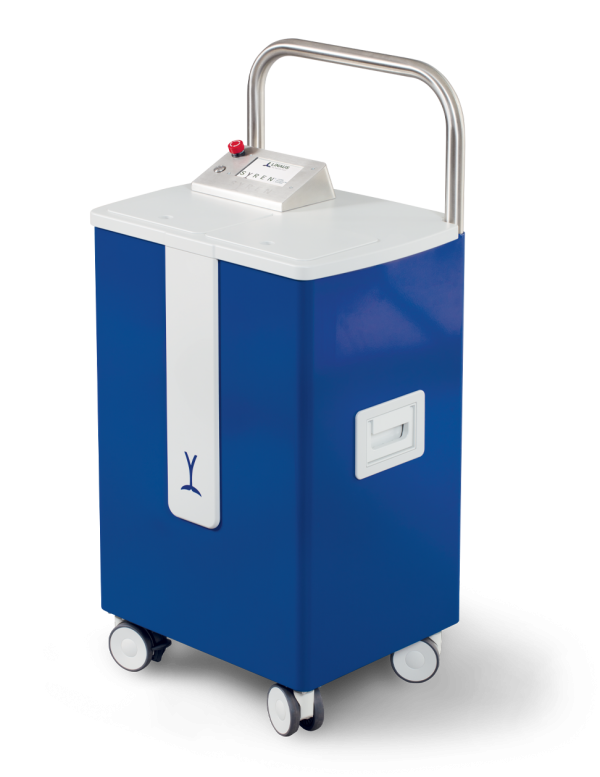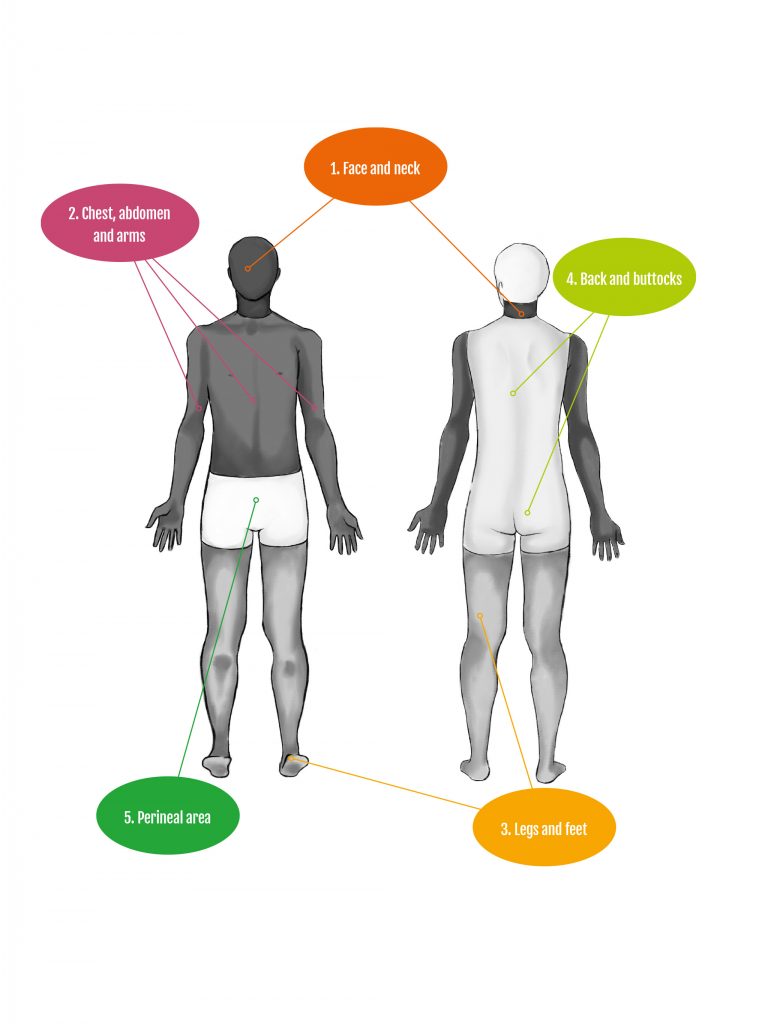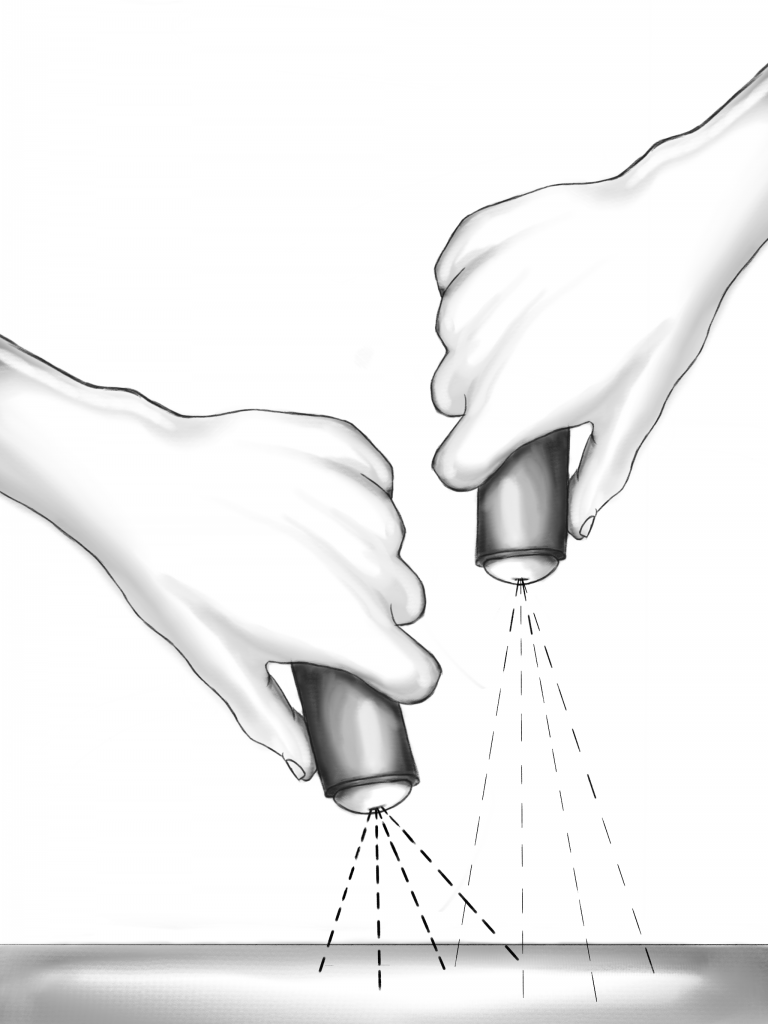
SYREN® Shower is a device designed to be used by any personnel and easy to set up for use. There are only three buttons: device power, water supply, emergency stop.
On the top, a large display shows the user the operating status of the device.
SYREN® Shower contains a 4000 ml removable water tank in the upper part, sufficient to wash a minimum of 10 patients.
With the Hydro-Molecular dispensing technique, a perfect shower is provided using just 400/500 ml of water, in lieu of 6000/7000 ml, as usually needed to cleanse patients with traditional methods.
The water spray of SYREN® Shower is designed to “wash” and not to “wet”, so during the cleansing, there will be no dispersion of water leaks soaking the mattress.
With SYREN® you can:
- Give the patient a shower directly in bed, avoiding transfers to the accessible bathroom
- Direct the spray of water with precision on the specific area to be cleansed and keep dry and protected those areas of the body with skin damage or medicated wounds
- Carry out most of the hygienic care with a single operator
- Use less than 500ml of water
- Prevent water from soaking the mattress avoiding sensitive skin or hypothermia to the patient




